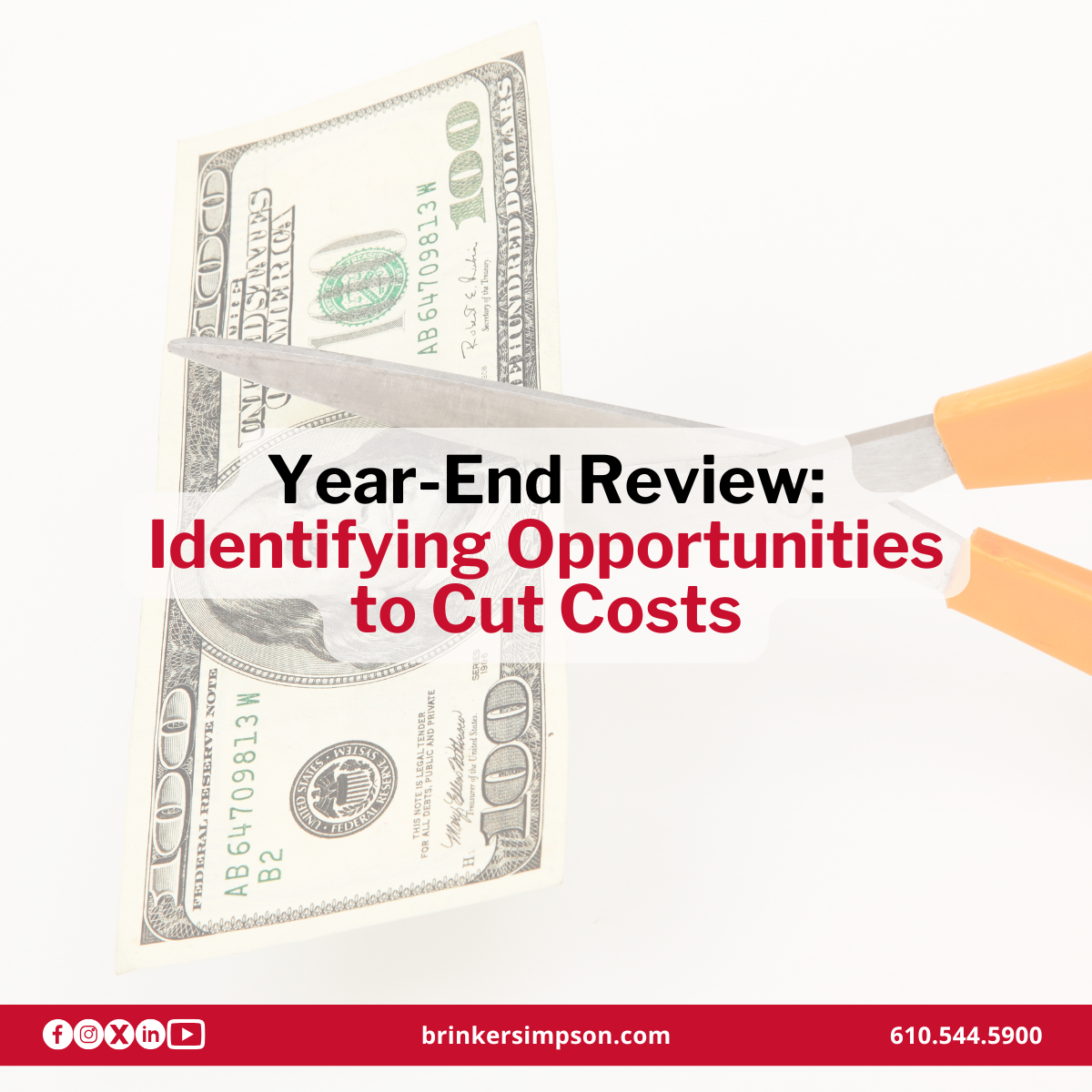Operating as an S corporation may help reduce federal employment taxes for small businesses in the right circumstances. Although S corporations may provide tax advantages over C corporations, there are some potentially costly tax issues that you should assess before making a decision to switch.
Here’s a quick rundown of the most important issues to consider when converting from a C corporation to an S corporation:
Built-in gains tax
Although S corporations generally aren’t subject to tax, those that were formerly C corporations are taxed on built-in gains (such as appreciated property) that the C corporation has when the S election becomes effective, if those gains are recognized within 5 years after the corporation becomes an S corporation. This is generally unfavorable, although there are situations where the S election still can produce a better tax result despite the built-in gains tax.
Passive income
S corporations that were formerly C corporations are subject to a special tax if their passive investment income (such as dividends, interest, rents, royalties and stock sale gains) exceeds 25% of their gross receipts, and the S corporation has accumulated earnings and profits carried over from its C corporation years. If that tax is owed for three consecutive years, the corporation’s election to be an S corporation terminates. You can avoid the tax by distributing the accumulated earnings and profits, which would be taxable to shareholders. Or you might want to avoid the tax by limiting the amount of passive income.
LIFO inventories
C corporations that use LIFO inventories have to pay tax on the benefits they derived by using LIFO if they convert to S corporations. The tax can be spread over four years. This cost must be weighed against the potential tax gains from converting to S status.
Unused losses
If your C corporation has unused net operating losses, the losses can't be used to offset its income as an S corporation and can’t be passed through to shareholders. If the losses can’t be carried back to an earlier C corporation year, it will be necessary to weigh the cost of giving up the losses against the tax savings expected to be generated by the switch to S status.
There are other factors to consider in switching from C to S status. Shareholder-employees of S corporations can’t get the full range of tax-free fringe benefits that are available with a C corporation. And there may be complications for shareholders who have outstanding loans from their qualified plans. All of these factors have to be considered to understand the full effect of converting from C to S status.
There are strategies for eliminating or minimizing some of these tax problems and for avoiding unnecessary pitfalls related to them. But a lot depends upon your company’s particular circumstances. Contact us to discuss the effect of these and other potential problems, along with possible strategies for dealing with them.
© 2022


